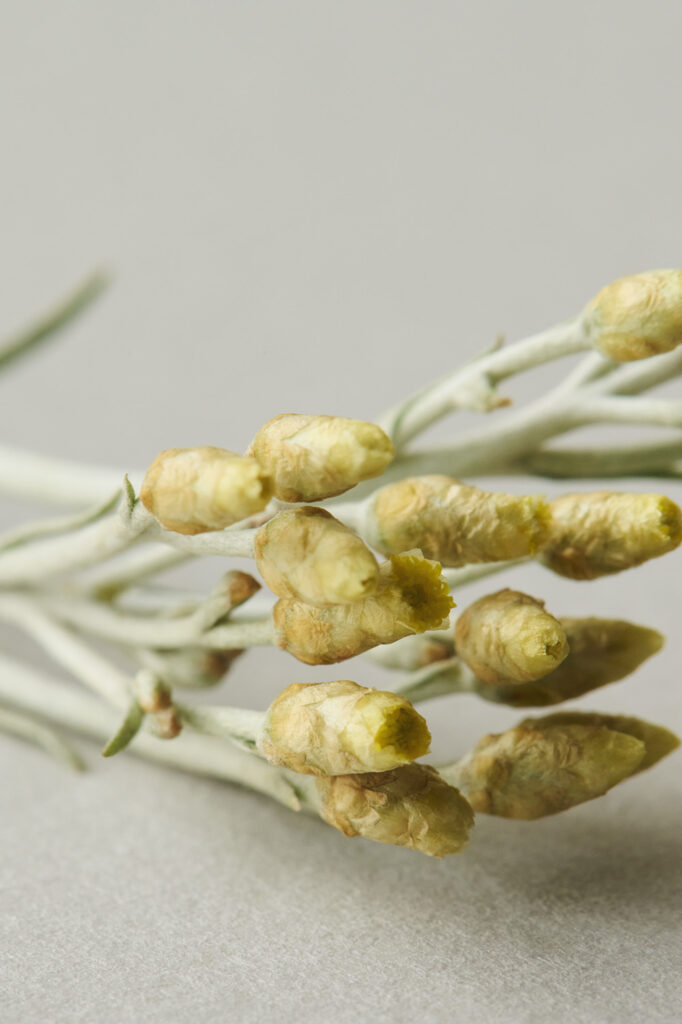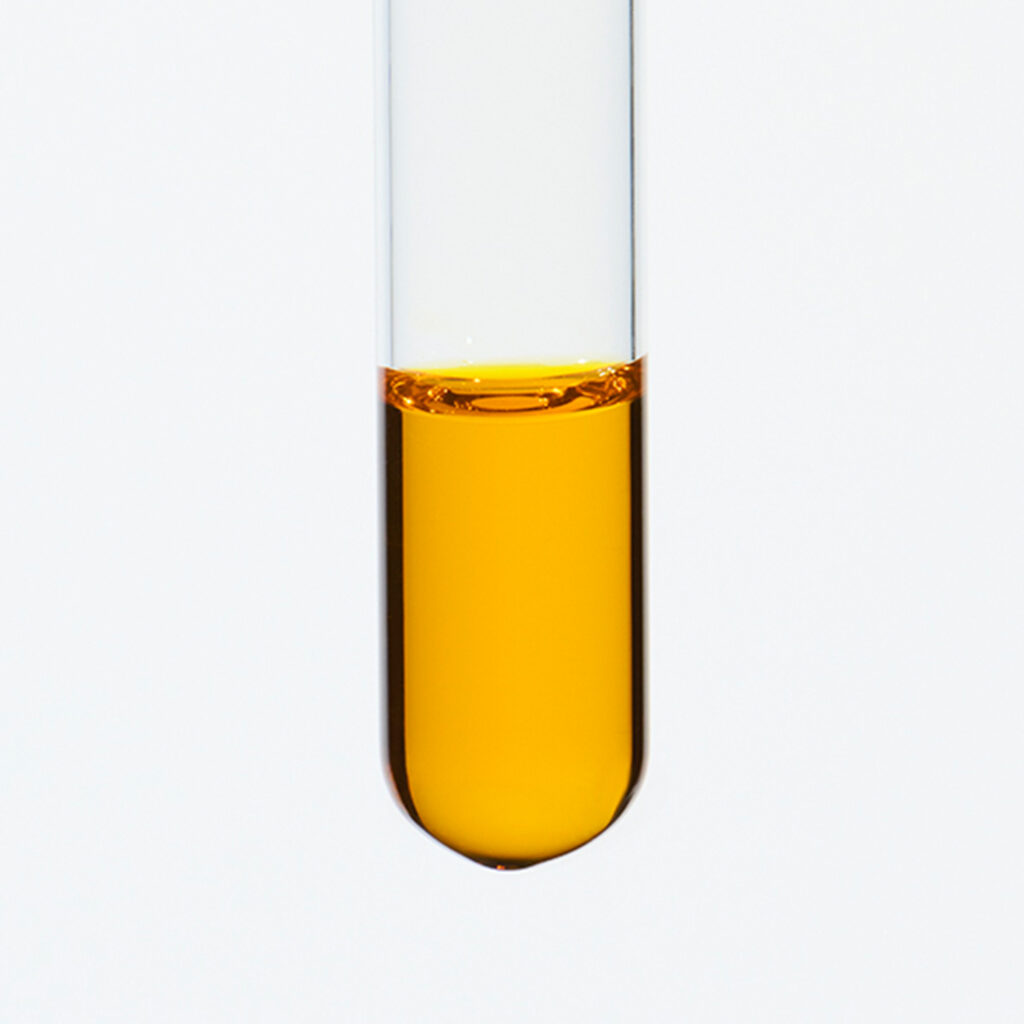Approximately 0.3% of Helichrysum essential oil is obtained by solvent extraction from the entire herb, resulting in dark yellow liquid. The primary components, Neryl acetate and γ-curcumene, contribute to its rich, sweet aroma. The fragrance industry employs the solvent extraction method, whereas steam-distilled essential oil is used for medicinal purposes. The aroma of Helichrysum essential oil is reminiscent of a sweet and spicy curry, with warm undertones that bear a subtle resemblance to honey. It harmonizes well with a wide range of essential oils, but it particularly complements citrus and woody scents, especially Lemon and Petitgrain. Due to its relatively mild fragrance, it is advisable to add a bit more of this essential oil to maintain a well-balanced aroma blend.





